
Modern CavemanAll caveman projects - Text File Version of this page - Printable |

Modern CavemanAll caveman projects - Text File Version of this page - Printable |
You can make yogurt at home without any special incubator. Making yogurt involves taking milk and a culture and keeping warm at the temperature the yogurt culture likes.
You don't need to mail order yogurt cultures, either. When shopping in the supermarket look on the back of yogurt containers in the ingredient list for "contains active cultures".
This means you can take a few tablespoons of the store yogurt and make gallons of yogurt for only the price of milk.
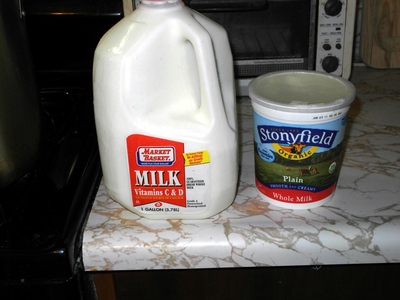
Whole milk, compared to skim milk, will give a thicker and richer flavor. You can use skim milk, but the yogurt won't be as thick and it will be a bit more tart.
The tartness/acidity of whole or skim yogurt is the same, but you notice it a lot more with skim milk.

If the milk was not pasteurized, do so now and then cool the milk to 110 degrees.
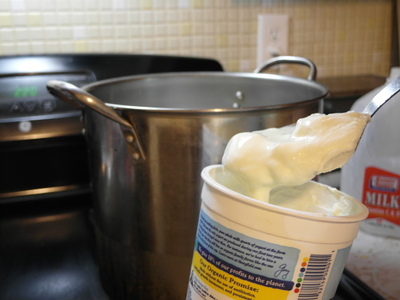
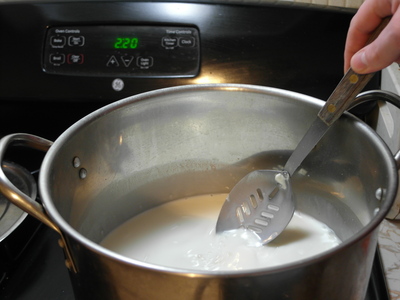
Take the last of your left-over yogurt and stir it into the milk.
Once stirred in you should avoid stirring or agitating the milk because it will separate the yogurt and whey. This is more important towards the end than the beginning.
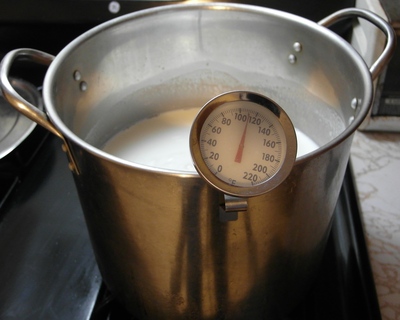
Yogurt cultures work best at 110 degrees Fahrenheit.
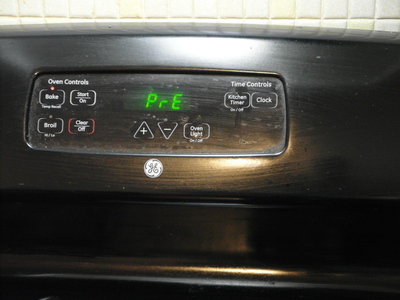
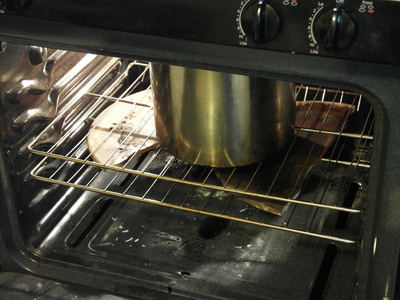
Keep the milk/yogurt warm (around 110 degrees (43 C)) for 4-7 hours.
You want to maintain this temperature reasonably well. An incubator will keep it at exactly the temperature, but the good news is that a hot pot of liquid will hold its temperature for a long time.
You can try wrapping it in blankets, or having a hot water bath that you change the water from time to time, but I've found using an oven works very well.
Turn the oven on for a few minutes, just enough to make it warm in the oven, then turn it off.
Ovens are well insulated, so by starting off in a warm state the pot of yogurt will not lose much heat at all.
Every hour or so you can briefly warm the oven up.
Right when you put the pot in the oven, feel the side of it to get an idea of how 110 F (43 C) degrees feels.
You can use this as a test when you go to warm the oven up occasional.
Even if the pot cools off to 100 F (43 C) degrees, it will still works but may take longer and it won't be as thick.
Leave the yogurt in the oven for more than 7 hours. This will result in a more tart yogurt.
I usually start my yogurt in the evening, monitor the temperature for a couple hours, then leave it as-is over night.
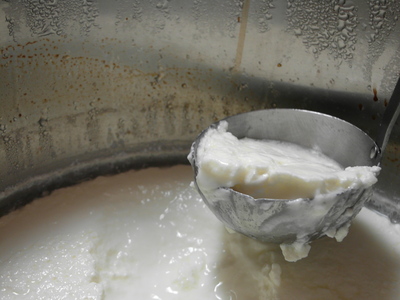
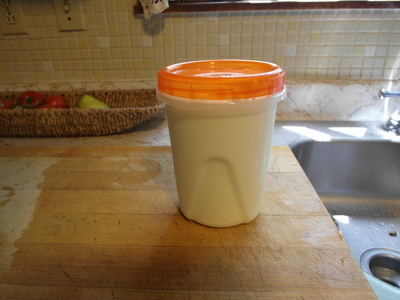
Cool the pot in the refrigerator for a few hours and then portion out into quart containers.